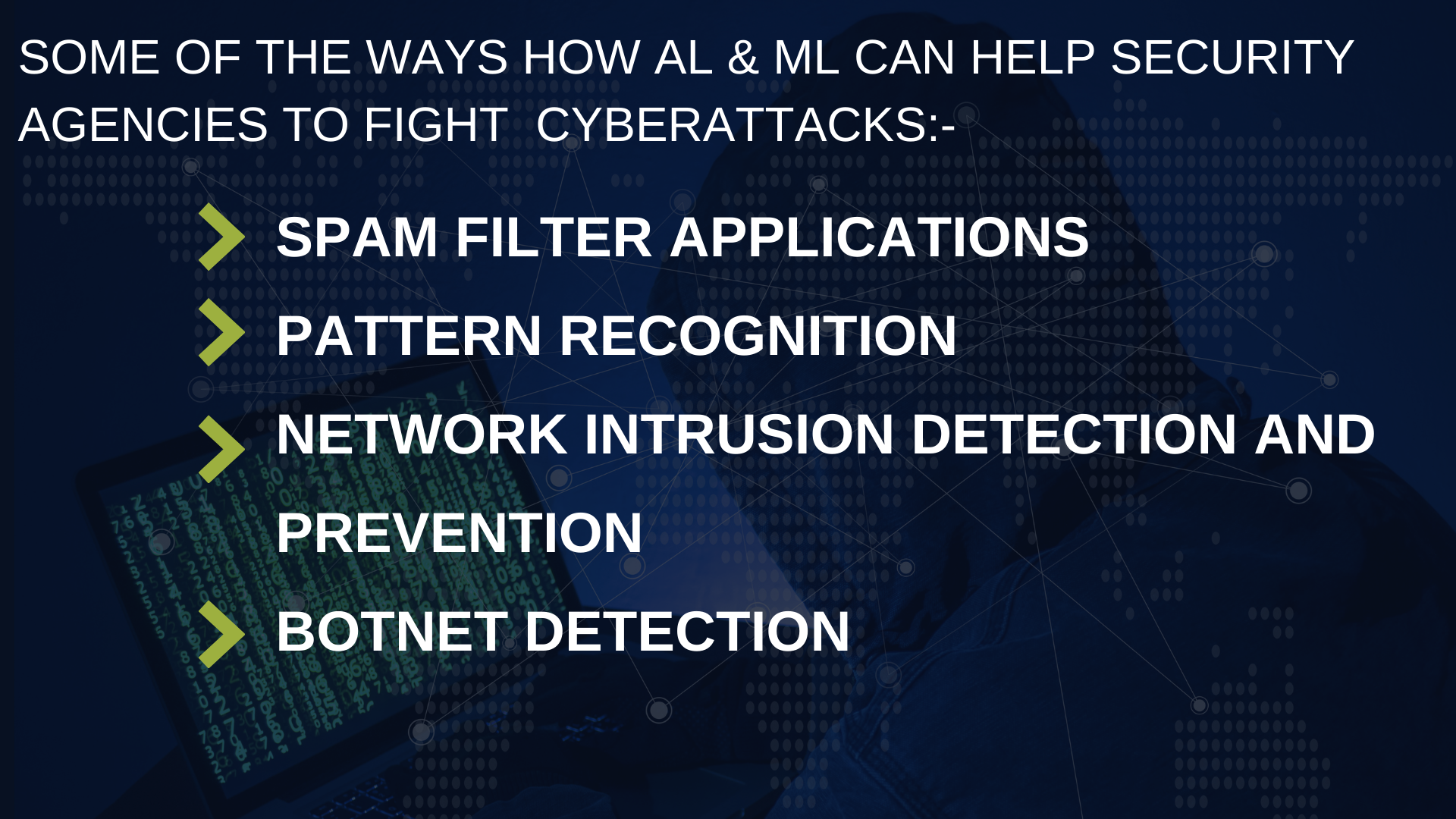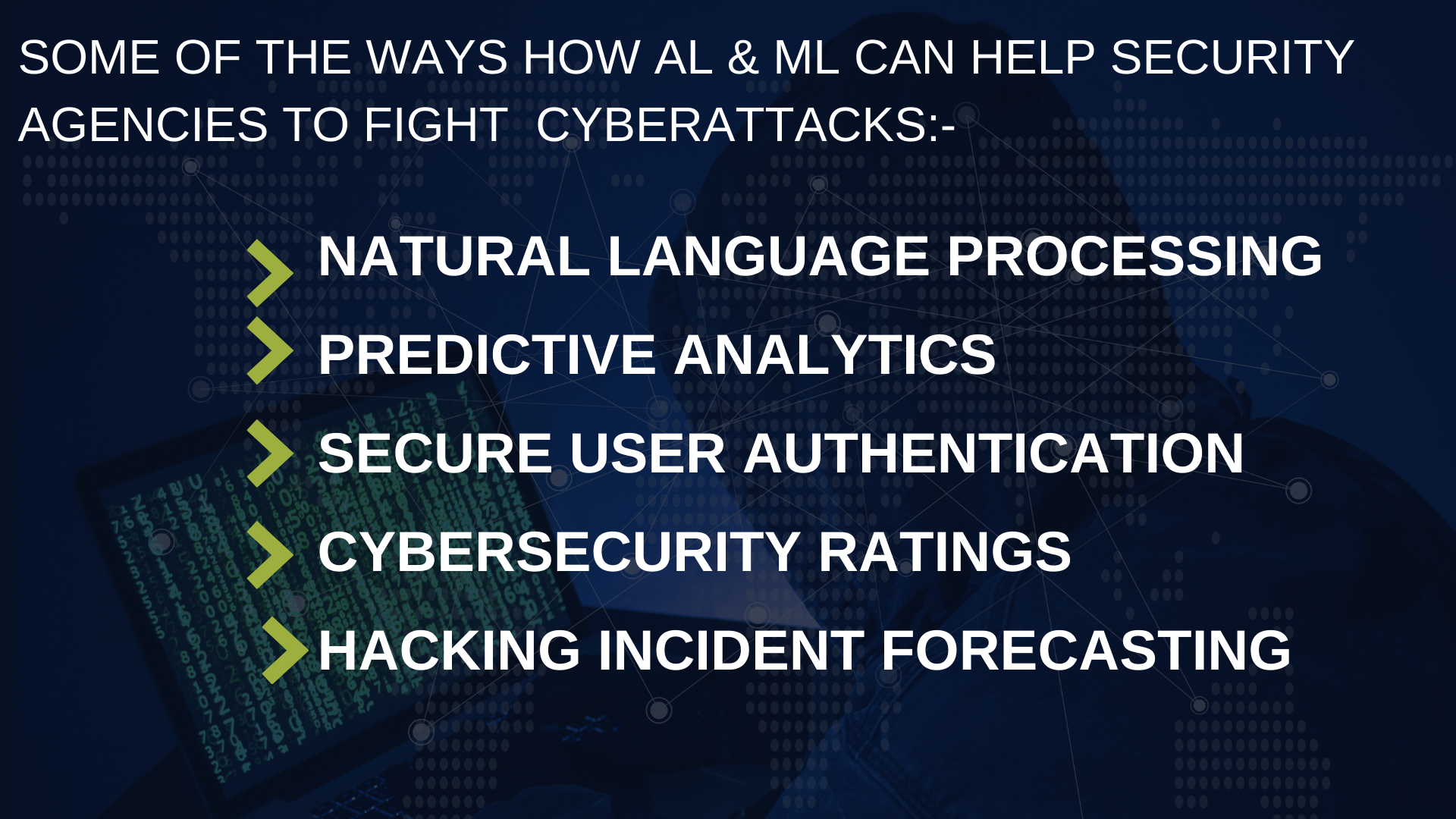New Delhi: Our biggest undeclared war right now doesn’t involve nuclear programs or any of the other technologies that usually take up headlines when it comes to this topic. In fact, our biggest war right now takes place on a completely different battlefield-Cyberspace.
Cyberspace operations can be used to achieve strategic information warfare goals; an offensive cyberattack, for example, may be used to create psychological effects in a target population.
There is a war on in cyberspace. Cyberspace is entirely human-made and has been designed, created, maintained, owned, and operated both by public and private stakeholders across nations. It is continually changing in response to technology transformation.
Information, data and are deployed instantaneously between any point of origin and any destination. Since data and information travel in the form of multiple digitized fragments through unpredictable routings before being reconstituted at their destination, it brings many security vulnerabilities.
Also Read: Dark Side of Artificial Intelligence
Artificial Intelligence, unmanned drones, cyber-attacks and GPS tracking now play a key role in global conflict. These attacks are carried out by individuals, organisations and by nation-states alike. Every day, thousands of attacks are mounted against computers and networks across the world, with hackers searching for vulnerabilities, trying to access restricted systems, steal data or corrupt networks. And it’s not just banks or credit card companies: government and defence systems are also a target.
But What exactly constitutes a cyber-attack? Well, Cyber-attacks could mean attacking systems during peacetimes — such as our power grid, water grid or national stock exchange systems — or it could be during wartime in which case the attacks may be designed to cause destruction, damage, deception, or death.
Cyber Warfare is an emerging term getting recognized as a substantial risk in today’s world. We’re entering an era where victories and defeats are being solely determined by cyber-warfare. The main objective of cyberwarfare lies around sabotage and espionage, which targets to harm and steal the data causing the incapability to access the data. Emerging cyberweapons have become more deadly than real battlefield weapons — is becoming a cause of great fear. And due to recent developments, artificial intelligence (AI) and machine learning are starting to play a central role in these fights.
Over the next couple of decades, cyber-warfare evolved to reach the masses. What is really interesting is the use of social media and things like websites for psychological operation purposes during a conflict.
The most targeted industries for cyberattacks are:-
- Healthcare
- Manufacturing
- Financial Services
- Government Agencies
- Education
Government agencies are facing significant challenges in securing confidential data and blueprints from hackers. These difficulties lead to threats to the security of a nation.
There’s a phalanx of threats:
- Data scraping
- Keystroke theft
- Distributed denial-of-service attacks
- Worms and trojan horses
- Remote port scanning
- Malware
- APTs
- Spoofing
- ping floods
- smurfing
- Phishing and even eavesdropping of optical fibre networks.
Col. Inderjeet is of the opinion that while some cyber-attacks aim solely to disrupt, inflict damage or wreak havoc, many intend to capture strategic assets such as intellectual property. Increasingly, aggressors in cyberspace are playing a long-term game, looking to acquire data for purposes yet unknown.
He further added that Artificial intelligence (AI) is truly a revolutionary feat of computer science, set to become a core component of all modern software over the coming years and decades. This presents a threat but also an opportunity. AI will be deployed to augment both defensive and offensive cyber operations.
Perhaps the most effective weapon in a hacker’s arsenal is “spear phishing” — using personal information gathered about an intended target to send them an individually tailored message. An email seemingly written by a friend, or a link related to the target’s hobbies, has a high chance of avoiding suspicion. This method is currently quite labour intensive, requiring the would-be hacker to manually conduct detailed research on each of their intended targets.
Also Read: Future of Financial Services is Decentralized Using Blockchain
However, an Artificial intelligence similar to chatbots could be used to automatically construct personalized messages for large numbers of people using data obtained from their browsing history, emails and tweets In this way, a hostile actor could use Artificial intelligence to dramatically scale up their offensive operations.
Russia and China are two of the most prepared nations in terms of cyber warfare capabilities. This is worrying to other nations around the world, triggering a kind of cyber arms race, with more than 30 countries trying to develop more advanced capabilities while simultaneously upgrading their defences.
Col Inderjeet added, " Artificial Intelligence cyber arms race may have already begun. Notably, Artificial Intelligence may be especially dangerous in combination with other information technologies—cloud computing, big data, the Internet of things, among others. Artificial Intelligence will not only augment existing strategies for offence and defence but also open new fronts in the battle for cyber security as malicious actors seek ways to exploit the technology’s particular weaknesses."
Artificial Intelligence now has the capacity to be merged with sophisticated but untried, new weaponry, such as offensive cyber capabilities. This is an alarming development, as it has the potential to destabilize the balance of military power among the leading industrial nations. Notably, with the advent of machine learning and Artificial Intelligence, more targets have become available for computer hacking, meaning that critical infrastructure—banking systems, airport flight tracking, hospital records, the programs that run the nation’s nuclear power reactors—are vulnerable to attacks. Access to the power grid that is obtained now could be used to shut something important down in the future when we are in a war.
Artificial Intelligence is used to prevent attacks as well, hostile actors of all types are also using Artificial Intelligence to recognize patterns and identify the weak points of their potential targets. The state of play is a battlefield where each side is continually probing the other and devising new defences or new forms of attack, and this battlefield is changing by the minute.
Also Read: How Artificial Intelligence Transforms Your Workplace
Managing vulnerabilities is difficult with traditional technology. Artificial Intelligence and machine learning capabilities can quickly identify and stop the highly-targeted, custom-made malware created by the attackers.
- Artificial Intelligence, machine learning, and other automation methods can be employed for a variety of applications, like pattern analysis, which strives to identify any behaviours that are indicative of an attack in progress.
- Artificial Intelligence can also be used to automate the search for security flaws in software, such as zero-day vulnerabilities.
- The machine learning capability enables agencies to identify and prevent the execution of all types of malicious content, including malware related to the implementation of advanced persistence mechanisms, BIOS malware, master boot record (MBR) malware, hypervisor malware, and malware capable of injecting into memory at any time
- Artificial Intelligence can carry out behavioural analytics and keep track of your login, password, sites visited, search tools and, generate algorithms of the behavioural pattern of the user, any change in the behavioural patterns, or login from a different IP address than the usual is notified to the user.
- The future of Artificial Intelligence is bright for the defence as well as to the hackers. It’s the choice of the weapon by an individual to either attack or defend.
- Artificial Intelligence contributes to International Verification, for the nations that do not trust each other. Rather than beating around the bush Artificial Intelligence, provides a clear report of after the verification of the incidents.
Col. Inderjeet is of the opinion, "Finally, new means of cyber-attacks will be invented to take advantage of the particular weaknesses of Artificial Intelligence technology. There is currently a lack of clear international rules governing the use of cyberweapons. The world is entering the age where possession and advancement in Artificial Intelligence-based cyber weapons, not nuclear weapons as in the past, which will determine the superpower status of nations. Superpowers are looking for advancement in Artificial Intelligence and doctrines of cyber deterrence connected to nuclear technology to give them an edge over their rivals. "


You can follow Col. Inderjeet on twitter @inderbarara, insta:inderbarara
Also Read: Ransomware Targets Healthcare Systems


